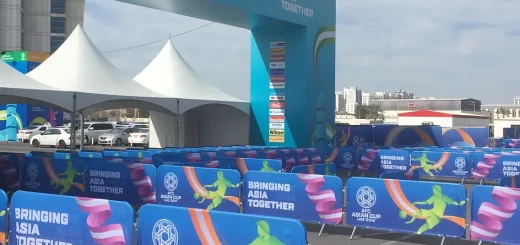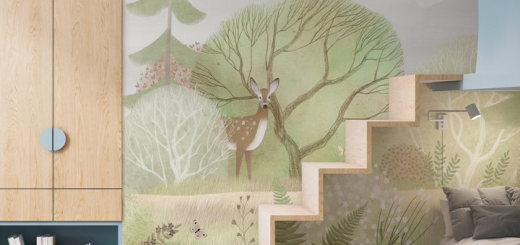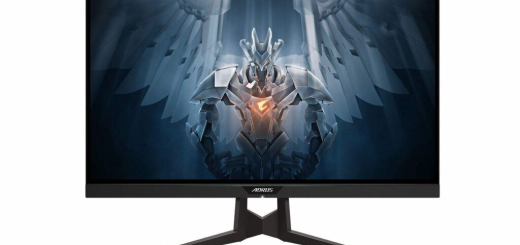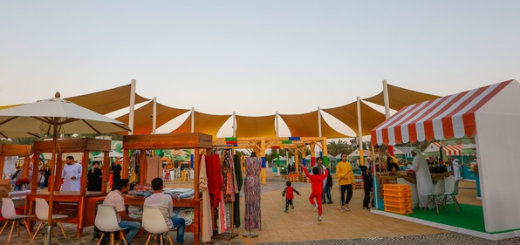What Is 3D Visualization And Its Applications?
3D visualization uses computer software to create lifelike images of real or imagined spaces, objects, or scenes. It is widely used in industries where showing a concept before it is built or produced adds value. This method supports design planning, presentation, and promotion by turning ideas into clear visual formats.
How 3D visualization works:
3D visualization Dubai starts with a digital model. Designers or artists create this using specialized software, shaping the object or space based on specific measurements or ideas. Once the model is complete, textures, lighting, and camera angles are added to produce realistic images or animations. The final result shows what a design may look like in real life.
Applications in architecture:
In architecture, 3D visualization helps display buildings before construction. Architects and clients see how materials, layouts, and structures may appear. It also helps compare design styles and test different layouts without building physical models. These visuals are often used for client approval, project pitching, or local authority reviews.
Applications in interior design:
Interior designers use 3D visualization to show layouts, furniture arrangements, lighting setups, and colour combinations. Clients walk through digital rooms to get a better sense of how the space might look and feel. This method also makes it easier to switch out elements like wall finishes or furniture types before making purchases.
Applications in real estate:
Real estate professionals use 3D visuals to show off properties, especially those still under development. With digital walkthroughs, buyers see the layout, room size, and finishings. It gives them a chance to explore a property before it’s built or when access is limited. This also supports marketing and sales activities.
Applications in product design:
Product designers use 3D visualization to show how a product will look once manufactured. This works for consumer goods, electronics, furniture, or even packaging. These visualizations are used during testing, branding, and advertising. Businesses share product renders before making physical samples, which saves both time and cost.
Applications in advertising and media:
In advertising, 3D visuals add realism and creativity to promotional content. Products are presented in detailed scenes, and animations are used for storytelling. These visuals work well across websites, print, and digital campaigns. They draw attention and support better communication with viewers.



















